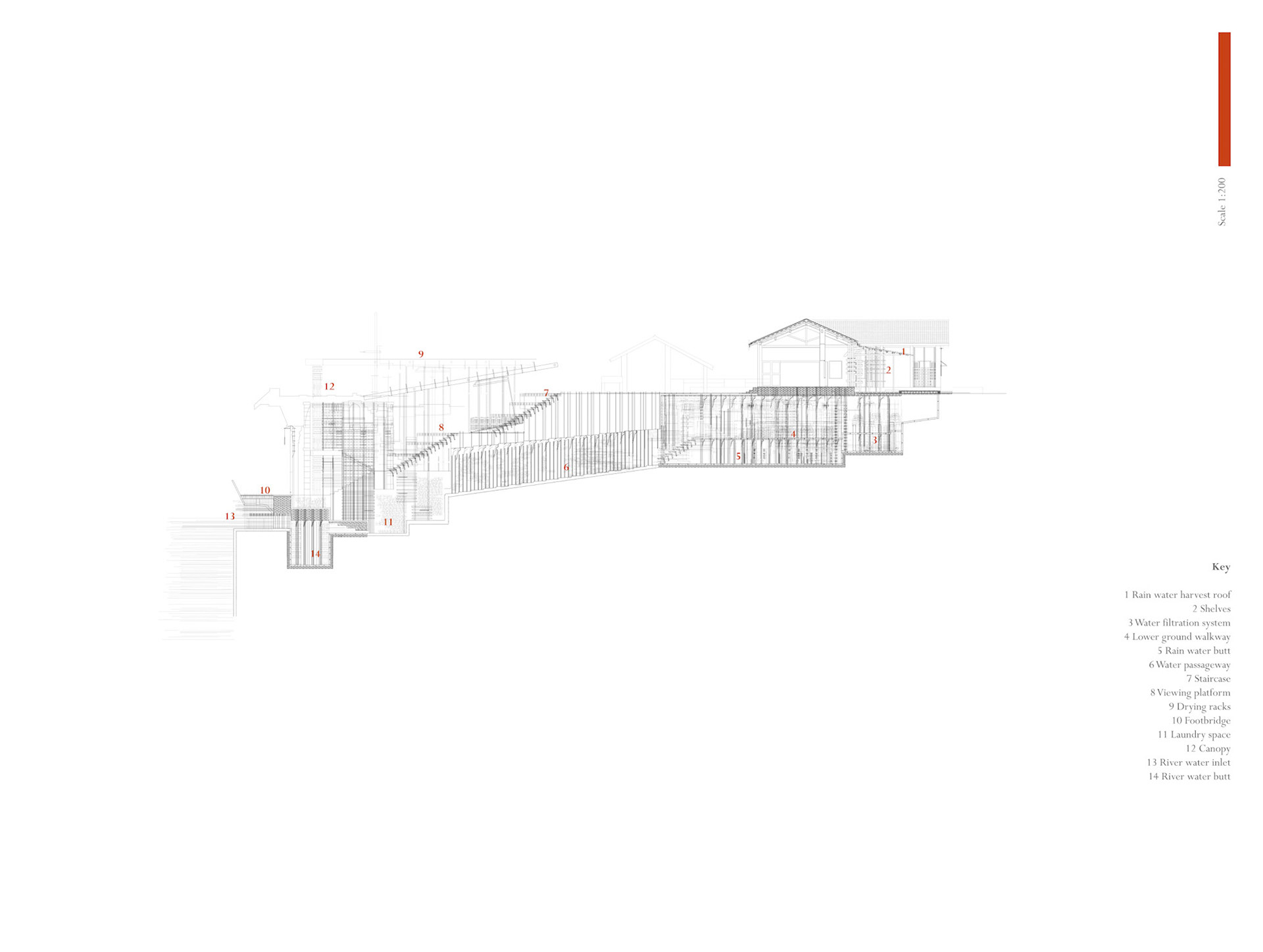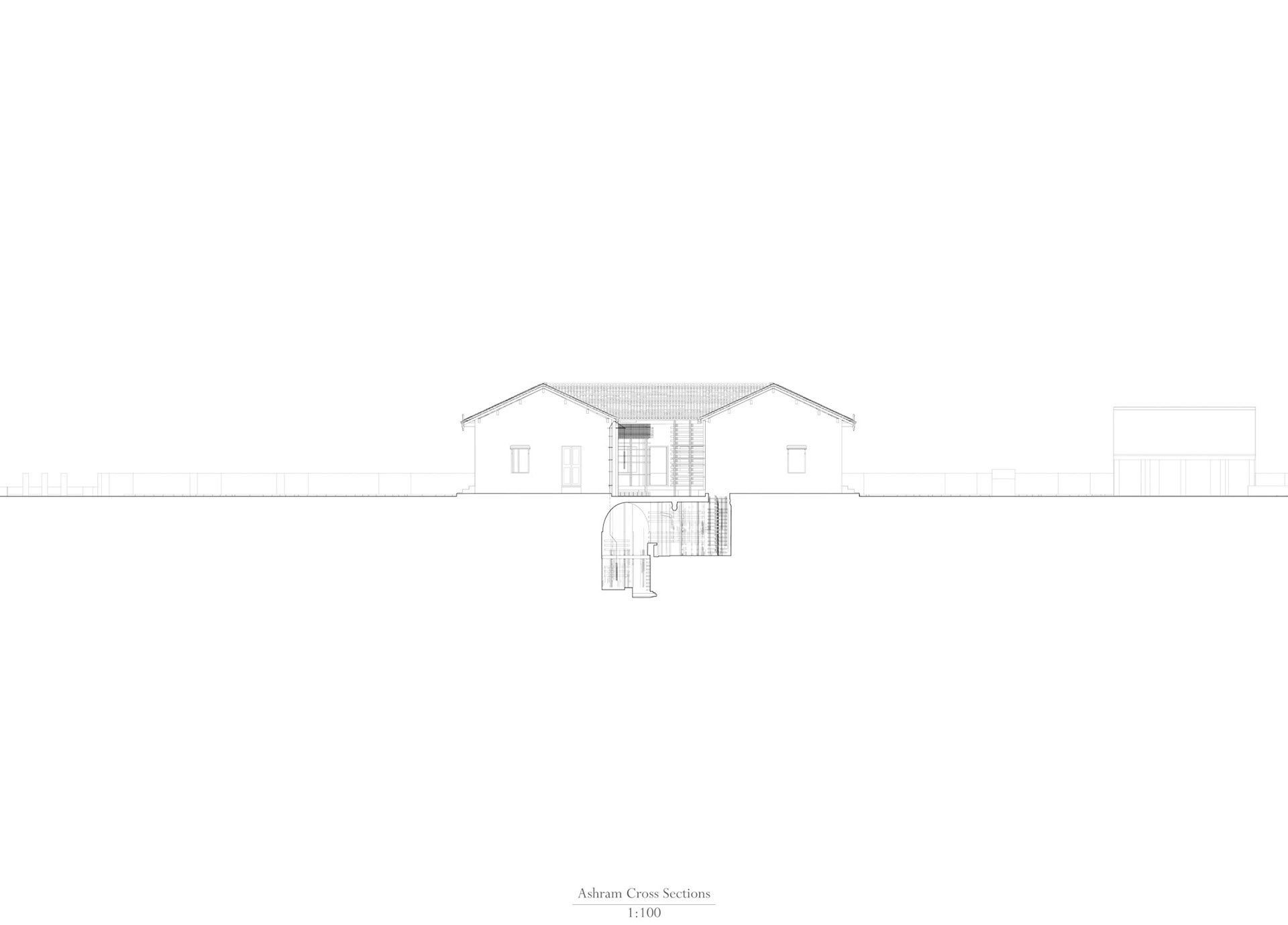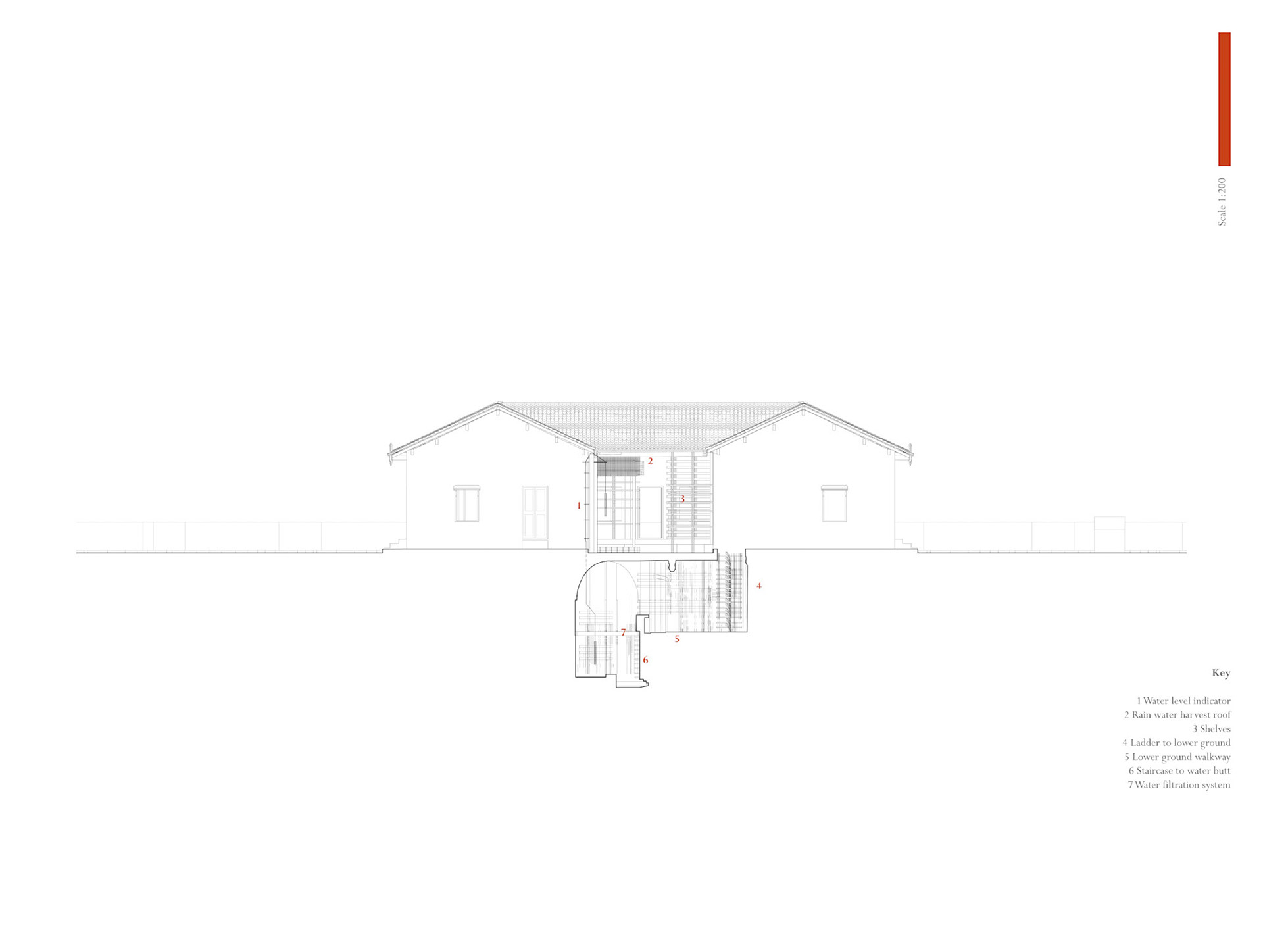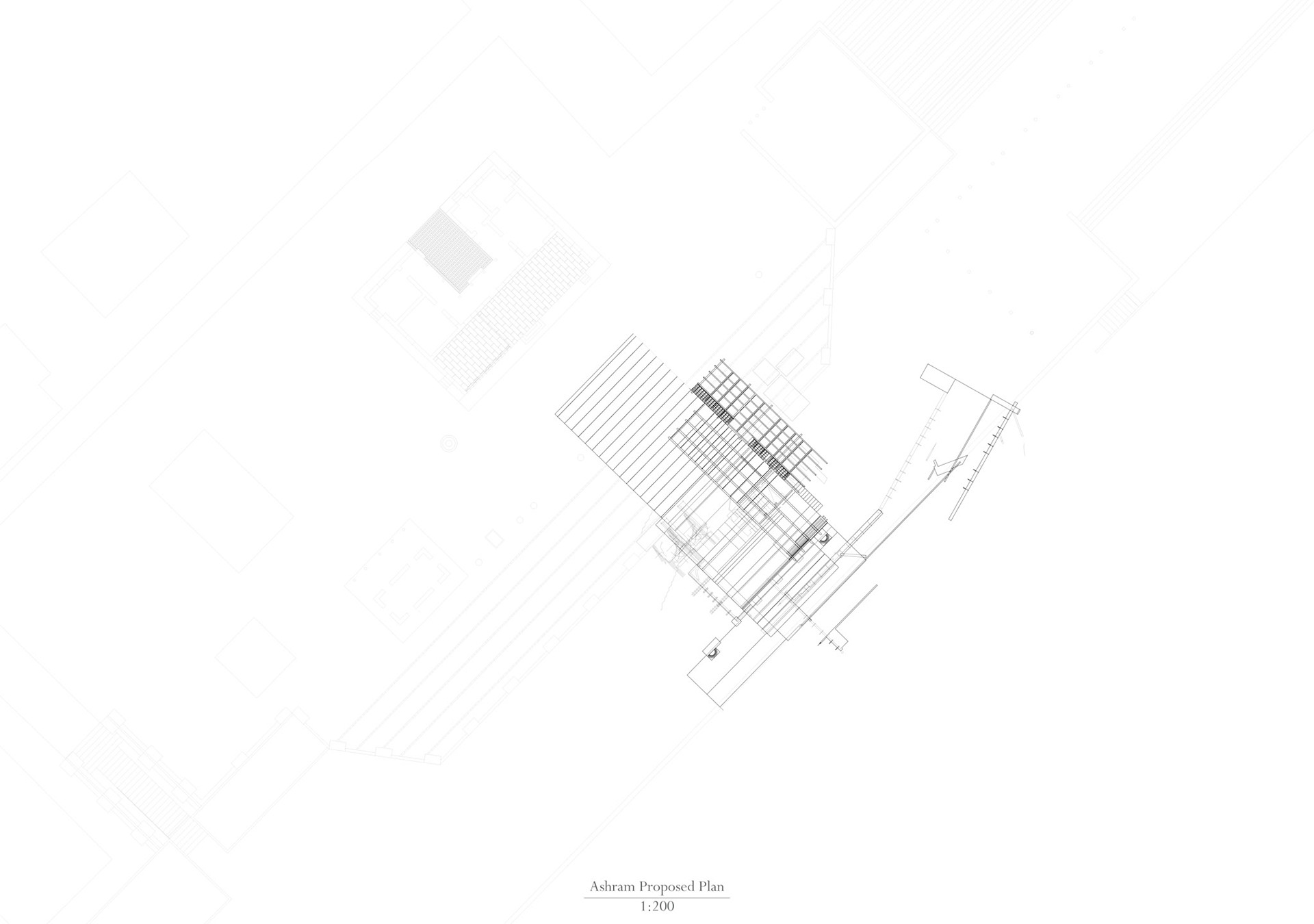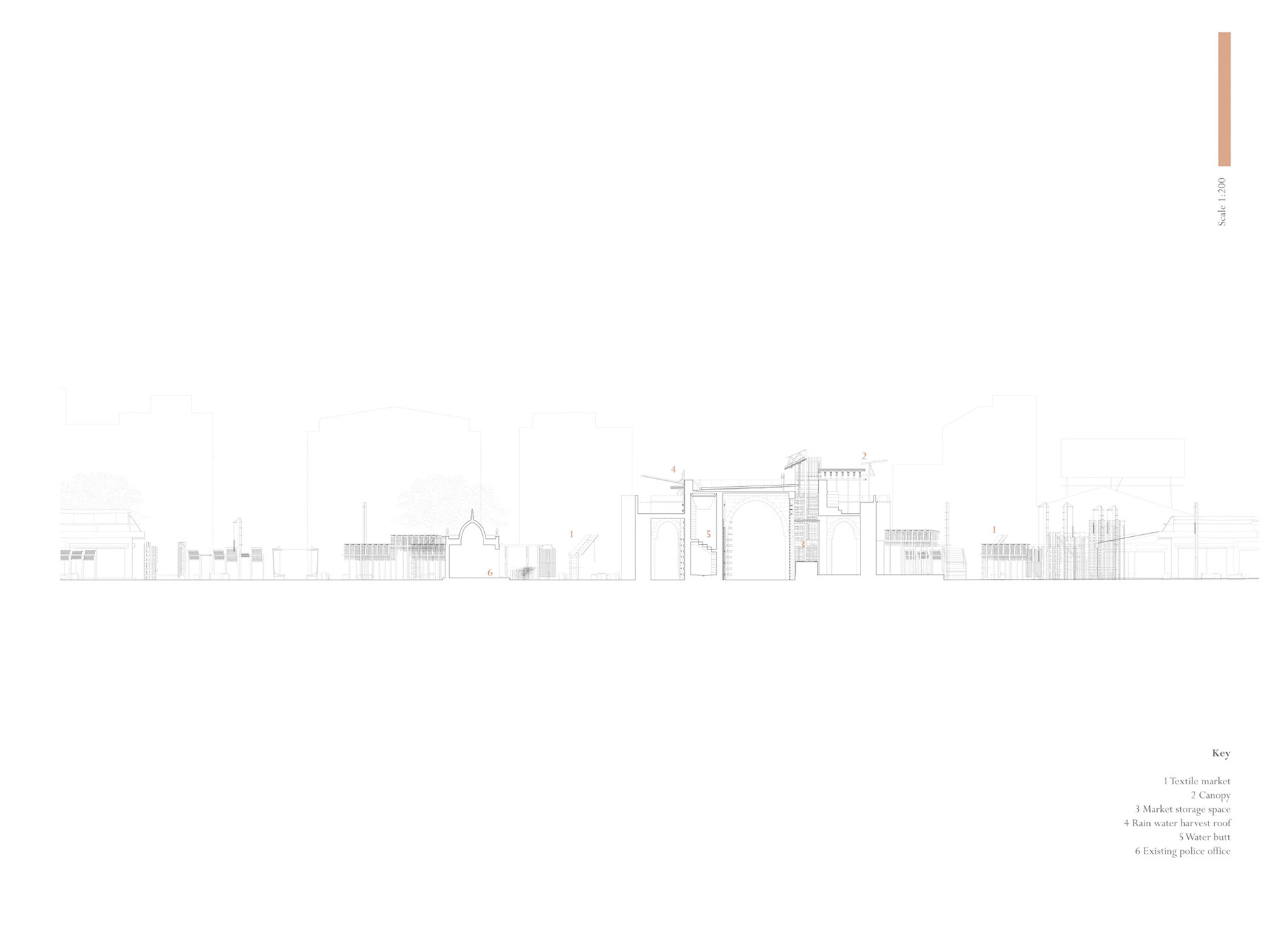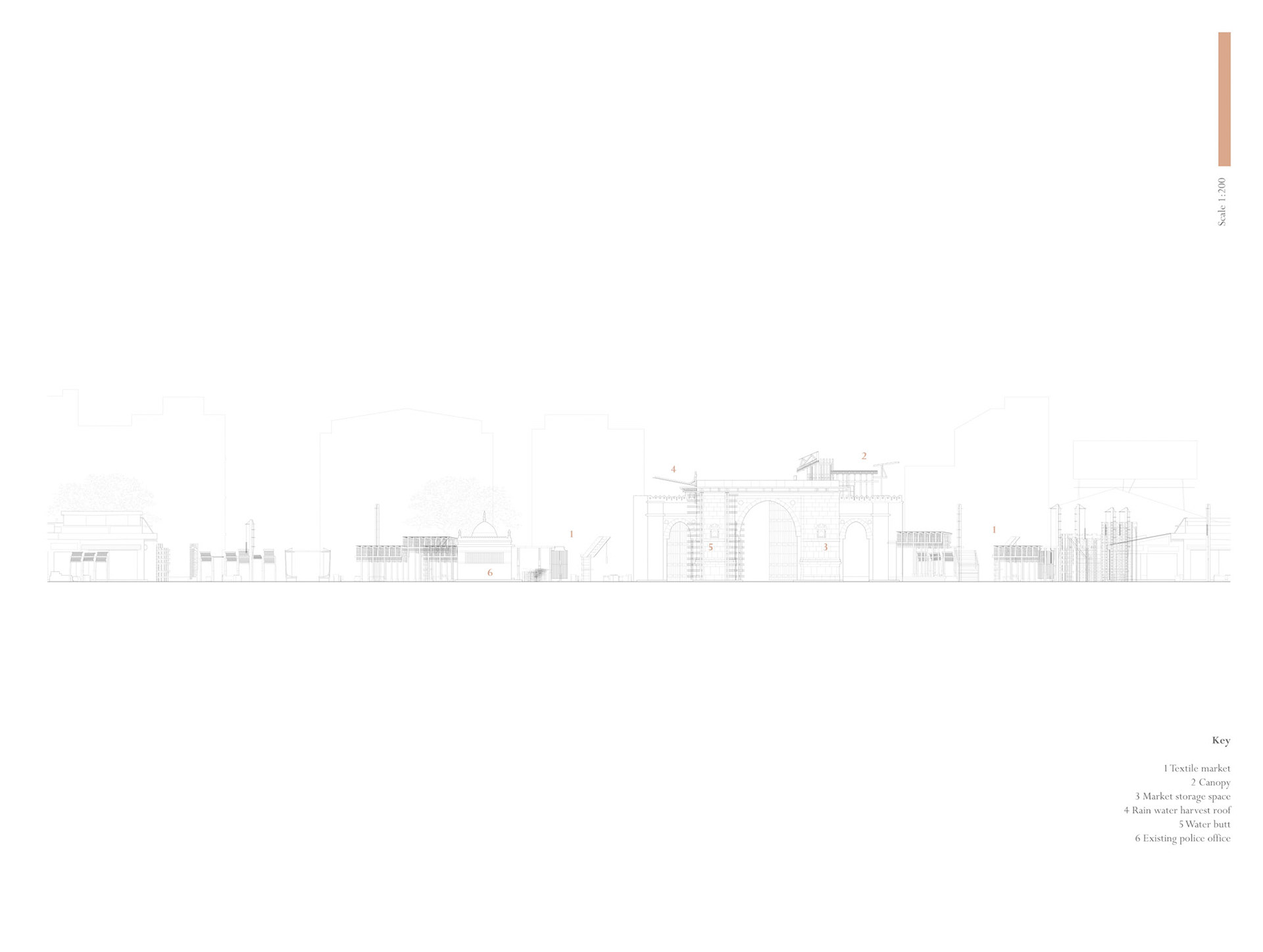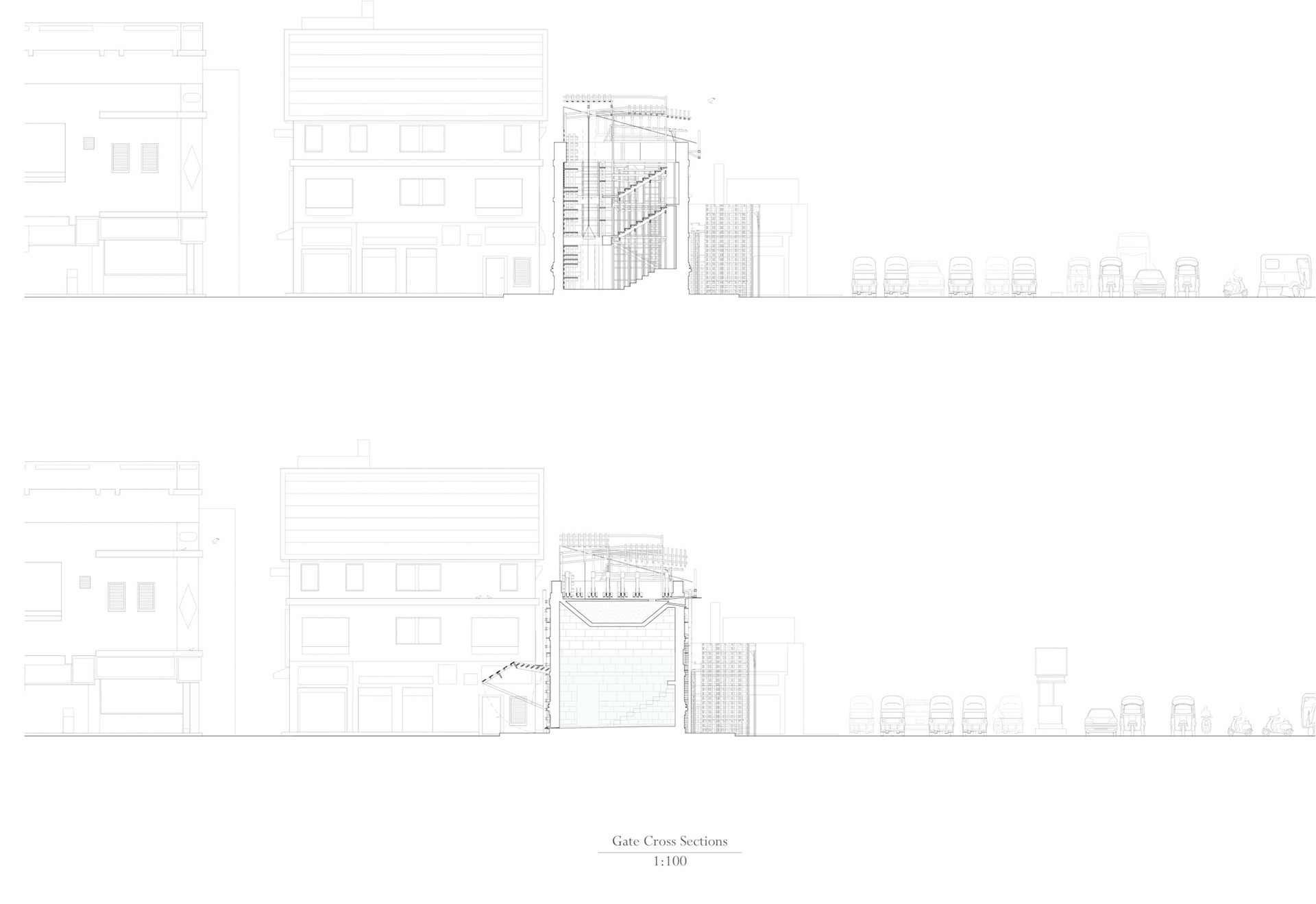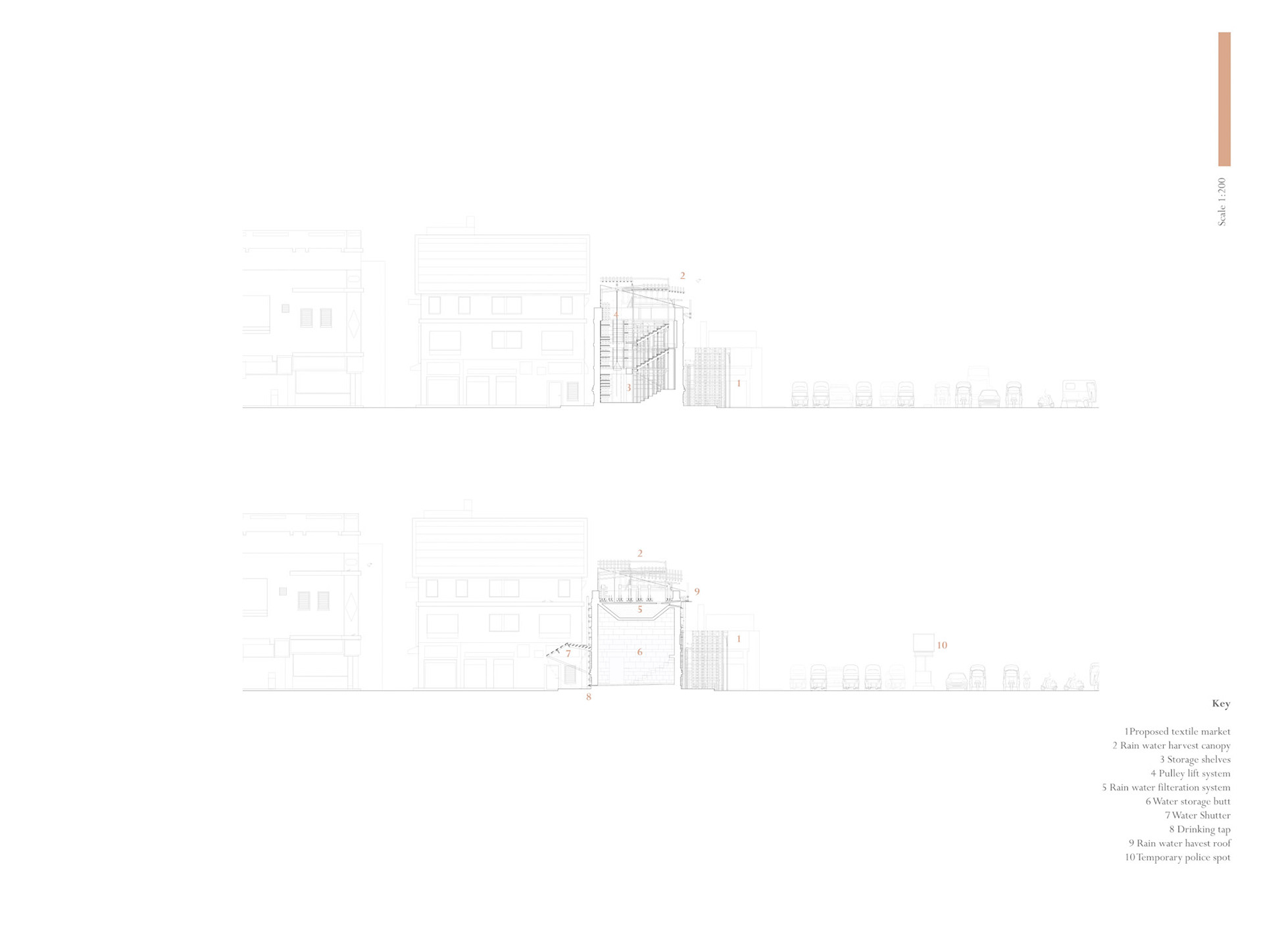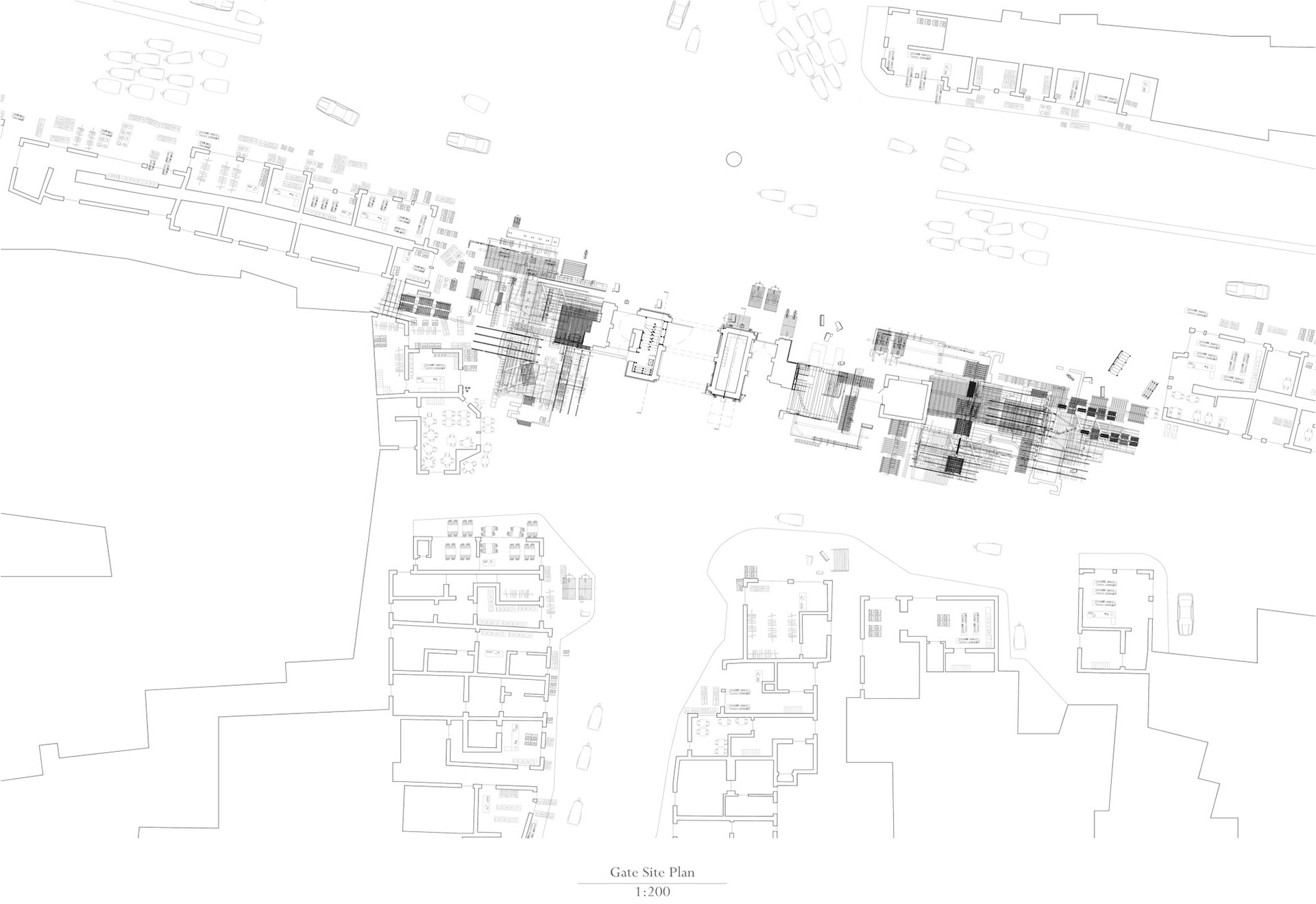What constitutes ground?
Before we began our enquiry in Ahmedabad, before we heard what it was, Ahmedabad, what does it mean when someone pronounces the word? We ought to ask ourselves the question. As architects we find the question fundamental, as it defines our choices. We also find the question fundamental on a level of human comprehension as we aim to understand as well as been understood.
The ground here can be understood through particular interpretation of meaning that things hold once they appear in a local context. Perception of things is shaped by events, which take place. As we can define events through places, we could also define places through events. Therefore, the events intrude locations and redefine ontologies. On phenomenological level this is a twofold situations. On one side, it means that groundness of local dwellers and local objects in defined time is delivered by infinite events. On the other side, it makes strangers recognise places as other than the ones, where strangers reside.
As we are the strangers of Ahmedabad, our aim is to understand the other. Therefore, we ask the question “What constitutes the ground?”. Also, as strangers, we understand, that our experience is as powerful as the other and as weak as the one of a stranger. Therefore, the task of uncovering ontologies of Ahmedabad is the task of excavating its ground. Research-by-design, therefore, is an archaeological process, that requires our perception and knowledge, our skills to articulate. While we don’t know what we may find, we dig in and with each step get more grounded in Ahmedabad. We began by looking into the walls of Ahmedabad. One that used to protect the city and one that now defines the river.
Proposed Drawing Superposes with Model
Proposed Drawing Superposes with Model
Ashram and Delhi Gate Proposed Design
Programme in The Everyday Practice
[Crafts-centric Eductation]
Satyagraha for Gandhi does not start on a street, or in a court. It is self-discipline and self-sustaining. The perception of self-rule is the one where people discipline themselves by honest labour, but also contribute to the local community. That is the basis on which the Ashram was built. That is what we aim to revive in our program.
[Water in Everyday Pracrice]
The Sabarmati used to be seasonal. It became a playground for kids when it dried. Whilst in Monsoon season, the water appeared, women wash their laundry, and cows and buffaloes wade. Water butt in household provides drinkable water. The process of collecting water with bucket is involved. This everyday practice is essential to the daily routine, and the programme aims to bring them together. In addition, tectonics of wetness is investigated to aid our designs.
[Washing]
The daily task of washing clothes is part of the Sabarmati Ashram proposal, this is to function in parallel to the market to wash the worn clothes in preparation for market. Reintroducing the engagement of washing clothes in the water of the Sabarmati.
[Collecting Water]
Water is collected in both sites through various means for different purposes. In the Sabarmati Ashram water is collected from rain and the river. During the monsoon water is attained through the courtyard of the Ashram, filtered for drinking throughout the year. To provide water for the washing of clothes, water is collected from the river as the level fluctuates. The Delhi Gate canopy serves as a means to collect water during the monsoon season channelling it into the left hand side (when entering the city) volume within the gate, providing needed water for the market stall workers. The volume is internally lime lined and externally is structurally retained.
[Textile Market]
The Delhi Gate Textile Market proposal is for the second hand textile market stall owners who do not currently have a safe space to work. The clothes arrive from the Sabarmati Ashram having been washed and are stored in the right hand side volume of the gate (when entering the city). When the sellers require they can retrieve the necessary textiles for market using the pulley lift system.
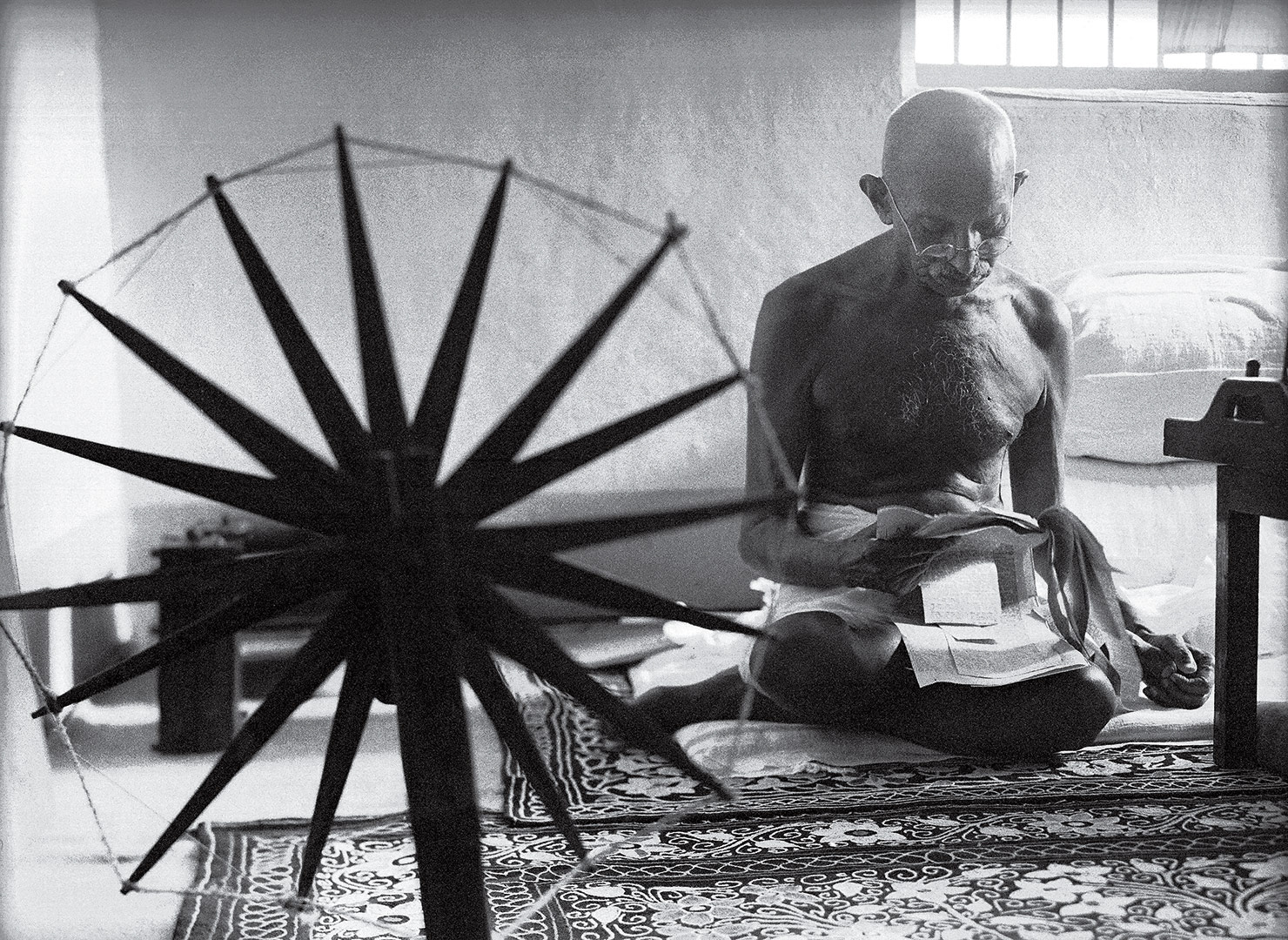
Crafts-centric Eductation

Water in Everyday Pracrice
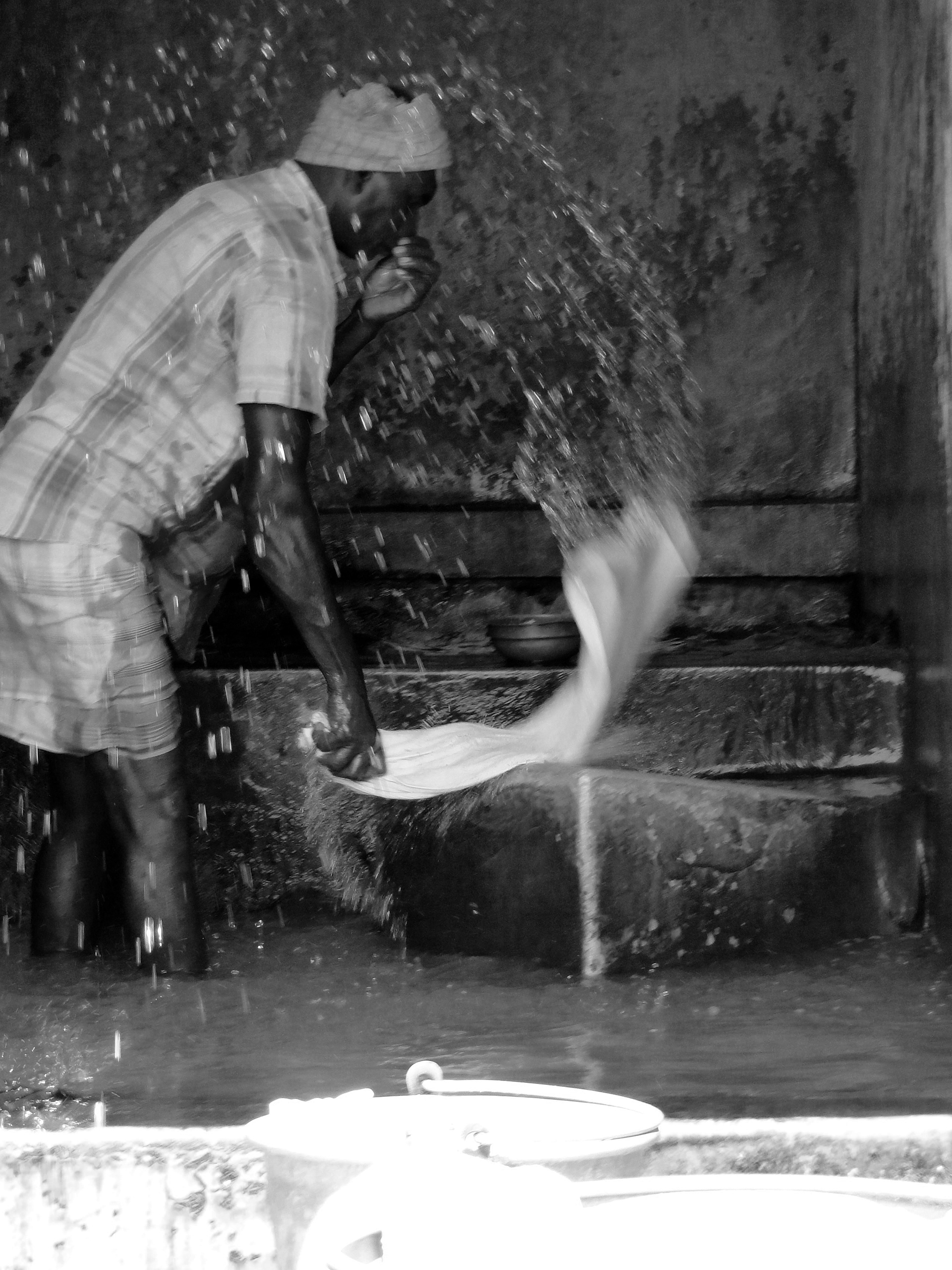
Washing
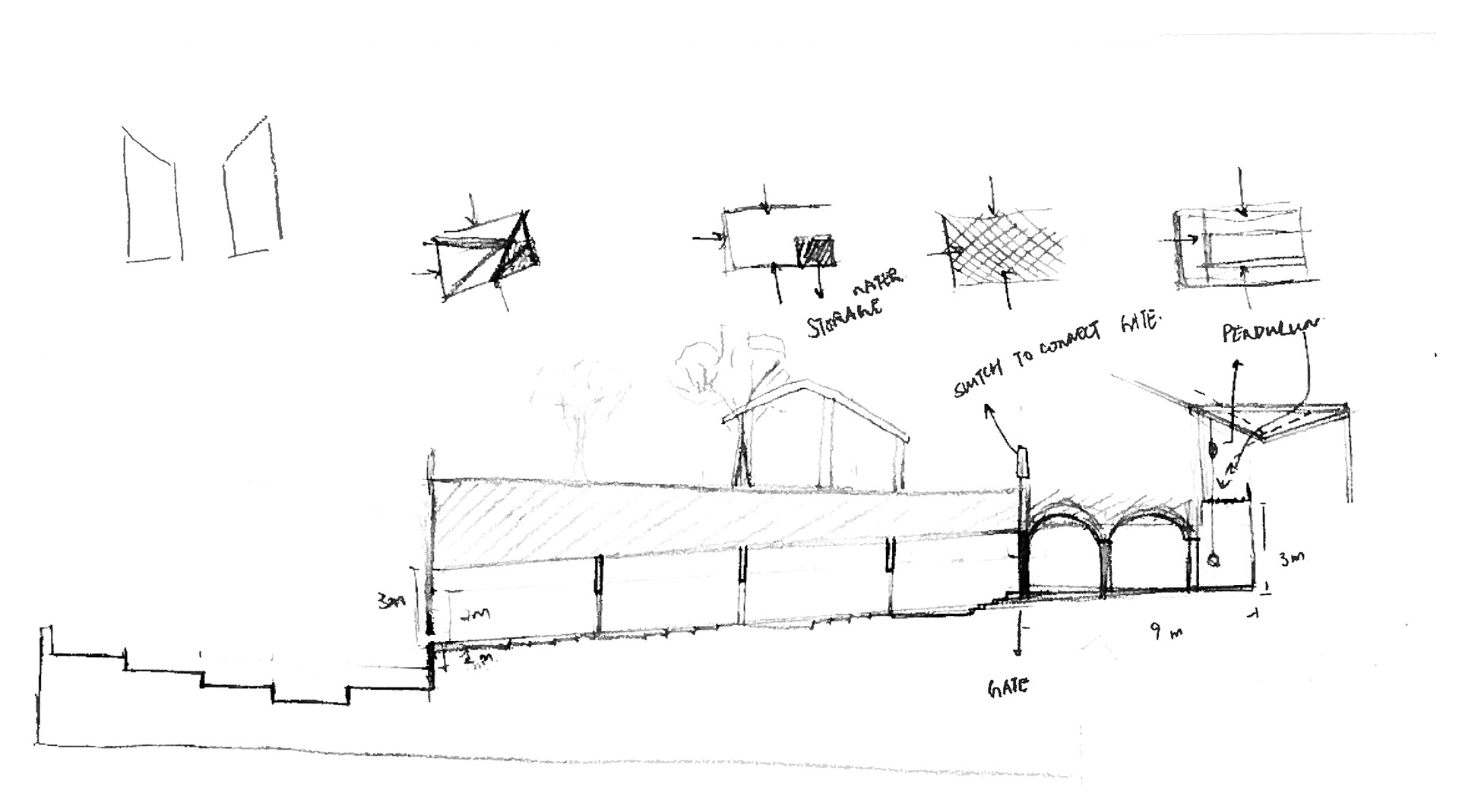
Collecting Water

Textile Market
The curated programmes for the Sabarmati Ashram and Delhi Gate were shown through the following sections and plans
